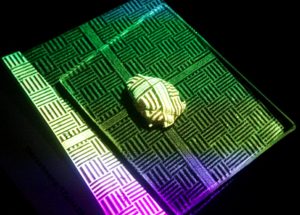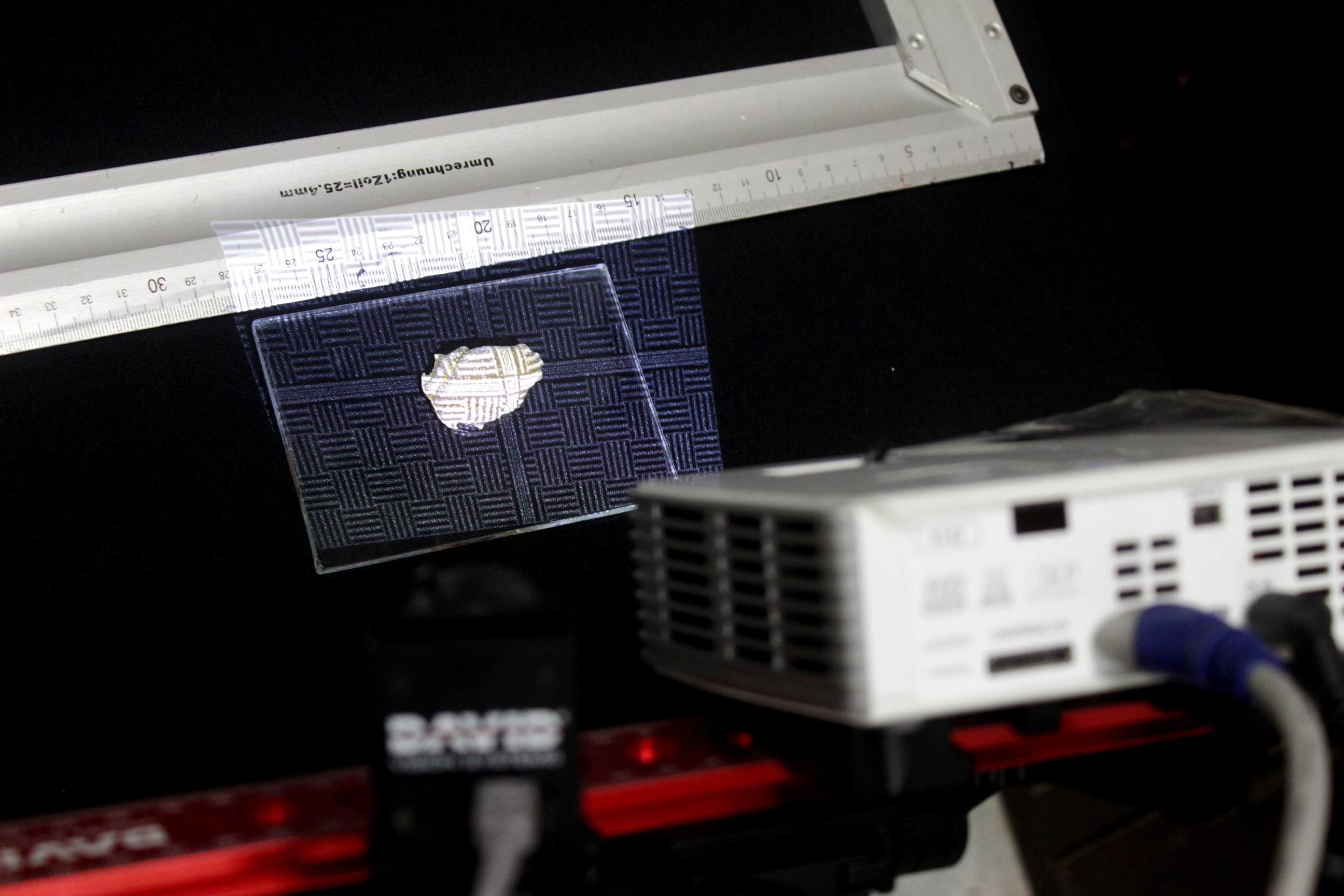Digital technology, specifically, 3D scanning and 3D printing provide researchers with an excellent way to manipulate physical objects in a non-invasive way. Usually, when studying living beings, researchers apply methods that directly affects the quality of life of the studied taxa. Finger removal, immobilization, and killing the animals are common when characterizing a new species.
3D scanning living beings in the LAB
The recent rise of digital technologies like 3D scanning is changing the paradigm to study fauna. Studies that were regarded as complex, and required the usage of formulas or models, are now possible with the use of specialized software. For instance, we recently scanned in 3D a frog and created a 3D mesh with real-world scale. Measurements and surface estimations can be performed in that model. Reproduction of the model in 3D printing provides a way to store the frog’s body and share the digital file worldwide.
A multidisciplinary approach engineering-biology research is now a necessity in order to benefit and advance both disciplines.
Free software used for digital research
To extract value from the digitalized 3D model, specialized software is required to apply methods and extract value from it. One is open-source MeshLab. Many filters are available to perform actions and extract info from the 3D model.
3D printing the model
In some cases the scanned shape is needed in physical form. A 3D printer is necessary for this task. Many models are available on the market and rapid advance is transforming technology to the point in which a printer is becoming affordable, fast and accurate. We printed the model using a FELIX 3D printer.
The pipeline to 3D print a 3D model is: Scan the living being, create a STL file. Use a slicer software to calculate the path of additive manufacturing, print!.

3D printing is not yet a trivial process and requires some experience to obtain great results. You can contact your local “maker” for advice, or some international companies offer third party 3D printing and delivery.
Once the model is digitized and the STL file available. It can be stored indefinetely, shared on the Internet, shared with other researchers, sent to digital museums, transformed into personalized accesories, etc.
For more information contact us at:
info@andesonic.com

